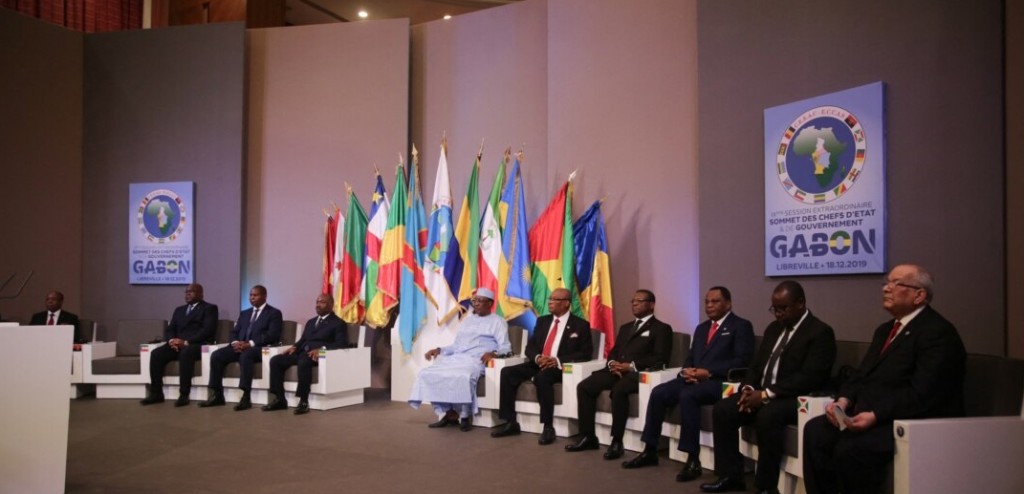Finding out where China has been spending and investing the money it has received through the Belt and Road Initiative may give FDI hints and indicate new prospects in the countries that are the recipients of those funds (Subramaniam et al., 2011). Whenever a new piece of infrastructure is constructed, it takes some time before it begins to generate productive user cashflows (Subramaniam et al., 2011). Simultaneously, there is a growing need for following support services, which is when case studies of possible investment opportunities become evident. In the first part of this brand-new series, we will investigate the areas in which China has invested its money and the areas in which there are potential for returns on investment for international investors who want to capitalize on opportunities offered by the BRI project.
Since quite some time ago, Malaysia has been a regular beneficiary of investment from China, and as a result of its geostrategic location, Malaysia has become a center for a large number of red-chip Chinese investors (Subramaniam et al., 2011). In addition to this, significant plans for Southeast Asian rail connections are now being developed, and various free trade zones are being established, all of which are contributing to Malaysia taking on a more active position in the area than it has in the past.




